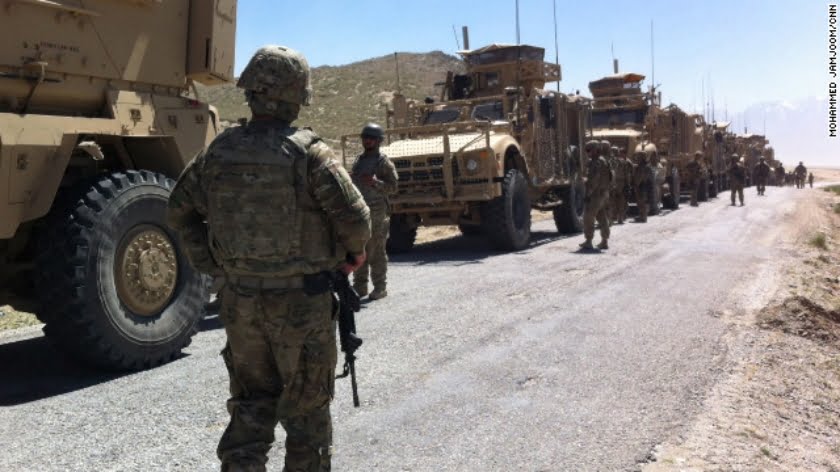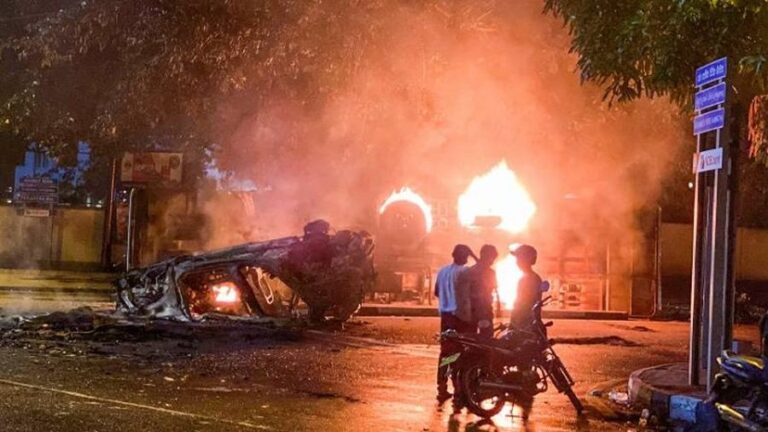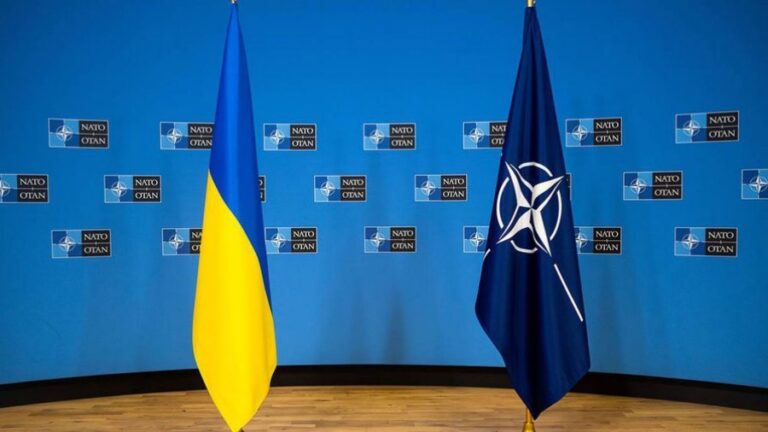There’ll Be a Lot to Talk About During Next Week’s Putin-Modi Summit
The Russian and Indian leaders will have a full plate of topics to discuss during their informal summit next week in Sochi which comes at a pivotal point in their historic relationship.
It was just announced earlier this week that President Putin will host Indian Prime Minister Modi in Sochi next Monday for an informal summit that importantly comes just weeks before the 9-10 June SCO Summit in China and approximately two months before the 25-27 July BRICS one in South Africa. The leaders of these two Great Powers will probably confirm their high-level coordination in both of these friendly events that they’re both planning to participate in and it’s likely that this will be the “official” outcome of their talks, but in reality they’re going to discuss three other sets of interconnected issues that will pivotally determine the future of their bilateral relations.
Here’s what the Putin-Modi Summit will most likely be about:
Military
The most high-impact and mutually beneficial aspect of Russian-Indian relations is the arms trade, though it’s now endangered by the US’ CAATSA sanctions threat that could undermine the planned signing of a S-400 anti-air missile deal sometime in the near future. On top of that, the two leaders will probably discuss the real reasons why India pulled out of its multibillion-dollar Fifth Generational Fighter Aircraft deal with Russia and whether or not CAATSA played a role in this. In order to safeguard their gradually declining but nevertheless instrumental military partnership amidst American pressure, these Great Powers might pioneer workaround mechanisms in order to avoid any forthcoming CAATSA consequences. At the end of the day, India is still reliant on Russian military equipment (even if it’s only to service the massive arsenal that it’s purchased over the years) while Russia sees Indian purchases as a form of sanctions relief.
Strategy
Russian and Indian strategies overlap when it comes to Iran (more on that in the next section) but strongly diverge in regards to Pakistan and the US. The Soviet-era days of “Rusi-Hindi Bhai Bhai” (“Russians and Indians are brothers”) have long been gone due to many factors but symbolized most strongly by New Delhi’s stated policy of “multi-alignment” in working with all powers – including the US through a 100-year-long military-strategic partnership – to its ultimate benefit. Concurrently with this, Russia has enacted its own policy that can be described as “Rusi-Pakistani Yaar Yaar” (“Russians and Pakistanis are buddies”) in entering into a fast-moving and game-changing rapprochement with Pakistan based on shared security interests emanating from Afghanistan but which has since grown to epically take on Eurasian proportions as part of the Golden Ring. Russia and India don’t like each other’s “new friends” and will probably have very frank conversations about their “brother’s” relations with their chief rivals.
Economy
The shared strategic interests that Russia and India have in Iran are manifested by the North-South Transport Corridor (NSTC) and the regional branch that New Delhi hopes to build through the Islamic Republic to Moscow’s “sphere of influence” in Central Asia. There aren’t likely to be any disagreements about these two projects, even concerning the latter since Russia might try to “balance” China in Central Asia with India. On the topic of multi-managing the Eurasian Great Powers, Russia might begin seriously probing the opportunity for it to participate in the Indo-Japanese “Asia-Africa Growth Corridor” (AAGC) by offering New Delhi a deal whereby it can get more involved in the Far East and Arctic in exchange for opening up market opportunities for Moscow in it and Tokyo’s envisioned “spheres of influences” in East Africa and Southeast Asia.
—————————————-
The most probable outcome of next week’s Putin-Modi Summit is that the two Great Powers will successfully redefine their historic relationship in the present New Cold War context of India’s 100-year-long military-strategic partnership with the US and Russia’s policy of “Rusi-Pakistani Yaar Yaar”, clarifying their positions & intentions on working with the other’s rival but ultimately agreeing to disagree on this, though nevertheless streamlining a workaround mechanism for maintaining military ties despite CAATSA and exploring avenues for expanding economic cooperation along both the NSTC and the AAGC.







